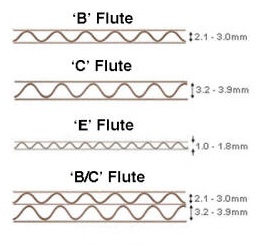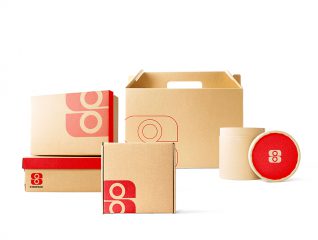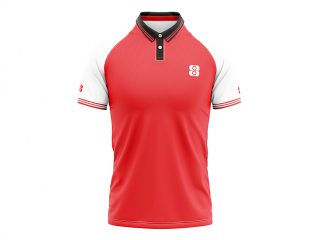Boxes are made from a paper called Corrugated Board. This board consists of corrugated flutes covered on both ends by flat layers of cardboard forming sheets.
The flutes are alphabetically categorized according to the height of the corrugated flutes or ‘waves’ and are therefore known as A-Flute, B-Flute, C-Flute etc. Below is an image depicting the different flute types.




 stack,
stack, 




 © STANPACK PTE LTD • since 1986
© STANPACK PTE LTD • since 1986 